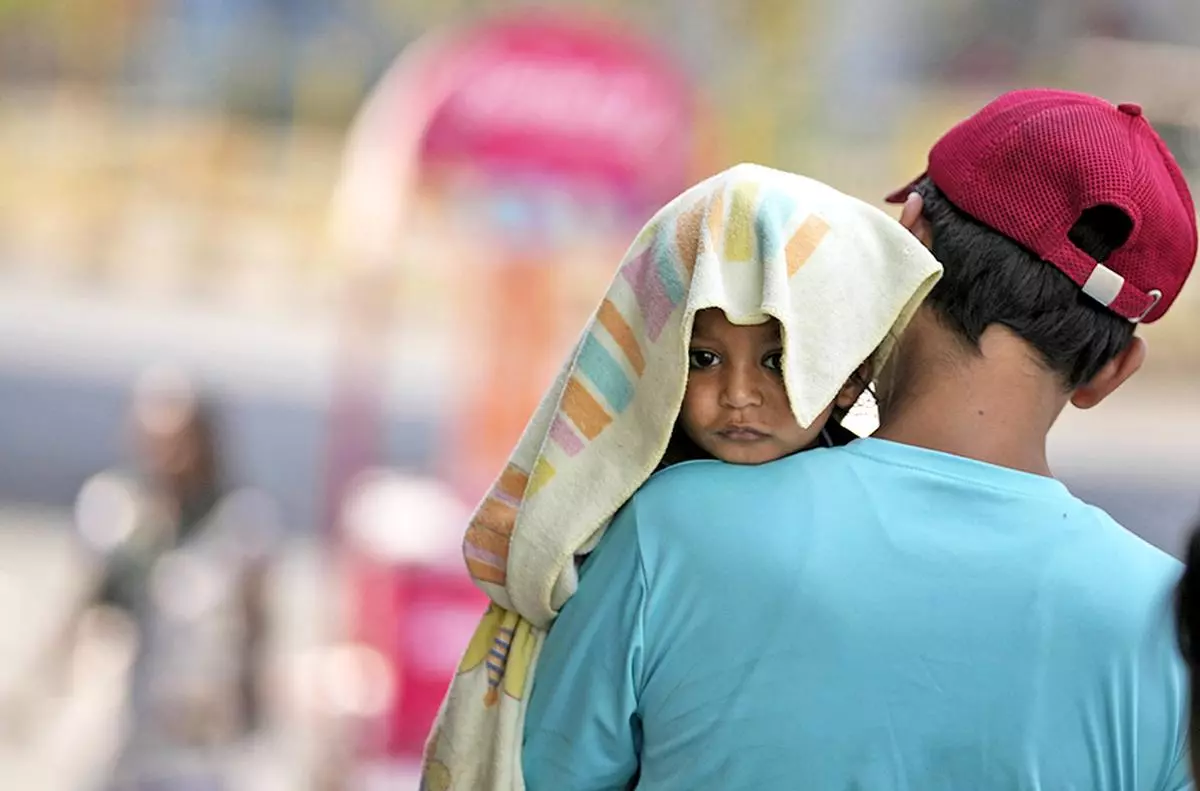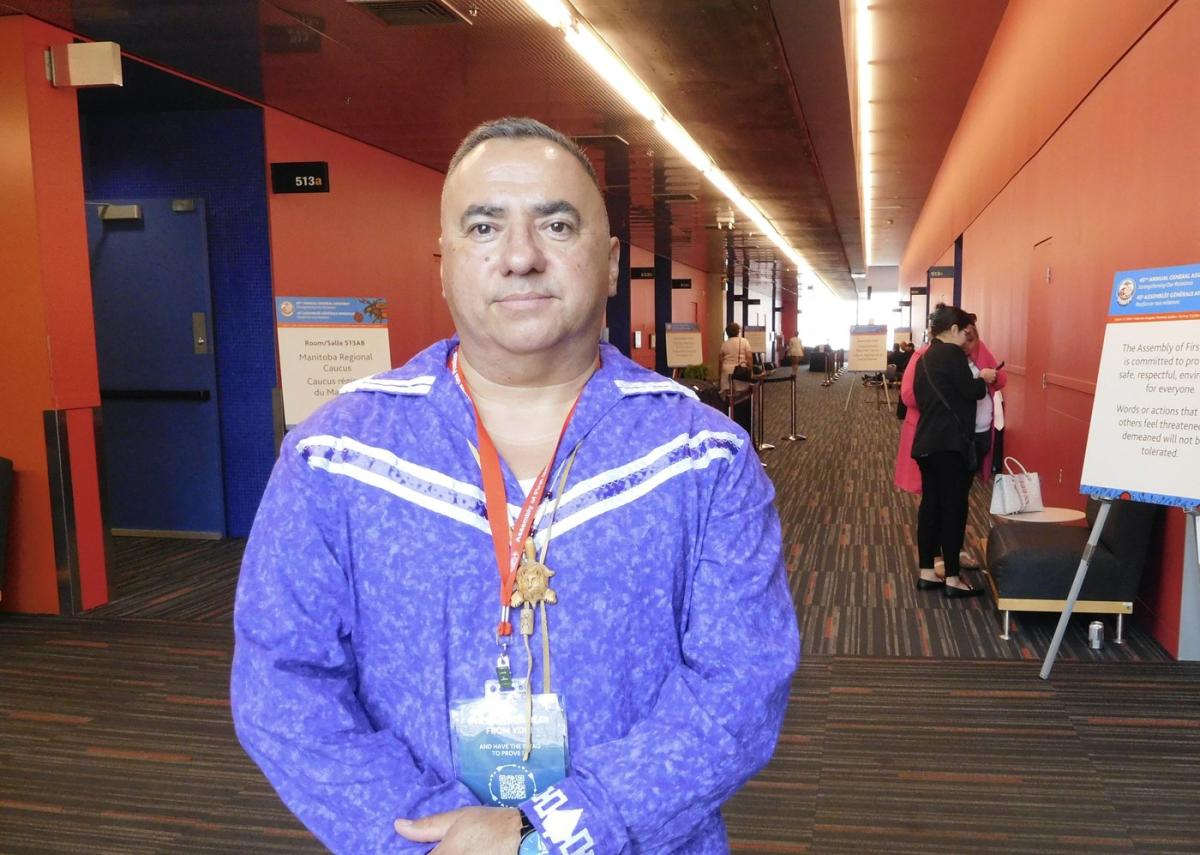In his book The heat will kill you first: life and death on a scorched planet Jeff Goodell writes: “We simply have not come to terms with it, especially not in the way I describe. No one would want to die like that. This is partly because we live in a technologically advanced world where it is all too easy to believe that the raw forces of nature have been tamed. But it is also because our world is changing so rapidly that we cannot comprehend the magnitude and urgency of the dangers we face.”
India has been confronted with this reality in recent weeks. The ongoing heatwave, the longest on record, coinciding with a marathon election campaign, has left 143 people dead and nearly 42,000 people suspected of heat stroke, according to the latest count.
Intense heat did not come like a surprise shower on a balmy afternoon. India experienced an extreme heatwave in March 2022, the hottest in India since records began 122 years ago, and extreme humid heat in April 2023, with 13 deaths from heatstroke reported in Navi Mumbai, Maharashtra, in a single day. Most recently, a study by the World Weather Attribution Initiative confirmed that, first, extreme heat is more common in South Asia during the pre-monsoon season; and, second, that climate change has played a key role in increasing the average temperature in April 2024. Extreme temperatures are now about 45 times more likely and 0.85 degrees Celsius hotter. In other words, heat across India is not just increasing: it is steadily rising due to human-caused actions.
Heat and increasing heat, as is the case in large parts of India, has severe consequences for the Indian economy. For agriculture, it spells disaster. For the last two years, India’s wheat crop has shrunk due to severe heatwaves in the March-April period. The current heatwave could affect wheat production and also affect the yields of crops like rice and sugar. Moreover, the heat also affects the quality of the crop. For farmers struggling with the cost of seeds, fertilizers and other agricultural staples, a crop failure can spell disaster in the form of further debt.
Also read | Delhi’s street vendors bear the brunt of extreme heat, study shows devastating impact
For consumers, this could mean persistent and uncomfortably high food inflation. Government intervention in imports (simplification) or exports (restriction) could have very limited impact on prices of staples, as supplies have been very tight since last year. There will be little or no impact on prices of vegetables, which have a much shorter shelf life and where reports suggest that harvested vegetables such as tomatoes and onions are already spoiling. Milk prices have risen and earlier this month both Amul and Mother Dairy raised prices in all markets. Grocery accounts for nearly a quarter of a household’s total expenditure and this cost has been rising even as survey after survey suggests that middle-class families are worried about how to cope.
None of this, nor any other economic consequences of extreme heat, are “new news” to the government. The 2021 Climate Transparency Report found that India’s rice production could fall by 10 to 30 percent and corn production by a staggering 25 to 70 percent with temperature rises in the 1-4 degree Celsius range. Extreme heat, the report warned, could also make work unbearable and dangerous in a number of economically important sectors. The potential loss of income in 2021—in services, manufacturing, agriculture, and construction—from the decline in labor capacity due to extreme heat was estimated at $159 billion in India in 2021; that’s over 5 percent of the country’s GDP. Electricity demand is already rising sharply even as coal stocks are running low; a Déjà-vu At the moment, this is an indication of the acute power shortage that India faced in 2022.
What is the Modi government’s record on this clear and present heat threat? At COP26 in 2021, the Prime Minister pledged to achieve net zero emissions by 2070. Today, coal still meets over 50 percent of the country’s energy needs. Surely the Prime Minister is aware that burning fossil fuels and cutting down forests is a recipe for disaster in a country where nearly 90 percent of districts are in a “danger zone” from the effects of a heatwave.
Unbridled environmental permits
The NDA government also has the unique distinction of issuing environmental clearances at a pace that India has never seen before. So fast that before the just-concluded general elections, the Election Commission, after initially refusing to allow the environment ministry to issue green clearances while the model code of conduct was still in the works. The Parivesh portal, set up to track clearances for major projects, shows that 675 projects have received environmental clearances this year alone.
In 2023, the state’s environment minister Ashwini Kumar Choubey told Parliament that the time for issuance of environmental and coastal clearances had reduced from over 150 days in 2019 to less than 70 days in 2022, while the waiting period for forest clearance had reduced by about a week to around 180 days. The previous year, an amnesty period that was ostensibly opened for only six months in March 2017 to approve projects in a new “violation category” had been converted into a routine measure by a notification from the Union environment ministry. The period allowed retrospective approval of over 100 projects until the Supreme Court stayed the notification in January this year.
A woman washes her face with water to cool down on a hot summer day near India Gate in New Delhi on June 17, 2024. | Photo credit: MONEY SHARMA/AFP
Many of these approvals and industrial relationships also have a quid pro quo element. Take Vedanta Ltd: The mining major has been accused of running a covert campaign that allowed mining companies to significantly increase their production without having to obtain new environmental approvals. The major has repeatedly committed environmental violations in its mining and oil and gas projects in India, and it now emerges that Vedanta is also a buyer of electoral bonds worth Rs 400.65 crore, according to State of Bank of India data.
Read also | Planned infrastructure project on the island of Great Nicobar is a huge folly
Excessive environmental impact assessment of large industrial projects is wreaking havoc on India’s climate. In the Indian state of Himachal Pradesh, four-lane highways have been carved into mountains, while unplanned structures on river banks collapse like Jenga blocks during torrential rains: a clear example of the damage that excessive and irresponsible development can cause. While the heat scorches in northern India, at the other end of the country, there are plans for a $9 billion mega infrastructure project on the Nicobar Island. It involves a massive transshipment terminal, an airport, a housing estate and a gas and solar power plant, which will require the clearing of over 13,000 hectares of rainforest.
India’s economy will suffer serious damage in the face of severe heat waves, exacerbated by shrinking green spaces and urban habitats collapsing under rising water and electricity demands. Human lives come before economic damage. The public administration has been woefully unprepared in its preparation for the heat, starting with the Election Commission’s short-sighted and criminally obtuse decision to hold the elections over 44 days, at the height of a dangerously hot summer.
The current heatwave has caused death and disease in its immediate aftermath, but in unequal ways. The heat disproportionately affects the economically disadvantaged, limiting their access to water, electricity and healthcare. India’s poor live not in air-conditioned homes and leafy neighborhoods, but in cramped shelters with poor insulation and cooling. Nor do they have pumps to suck water from the womb of the earth to feed and bathe themselves and their family members. Instead, they run after water tankers and queue in the scorching heat for a bucket of water. In another aspect of this apocalyptic situation, doctors are dunking patients in ice-cold water while surgeries are postponed due to water shortages and long power outages.
The focus now needs to be on tackling the “heat emergency” that is affecting many parts of India and providing support, shelter and care to those affected. But we should not take it for granted. The government can deny the situation, but voters will not.
Mitali Mukherjee is Director of Journalism Programmes at the Reuters Institute for the Study of Journalism, University of Oxford. She is a business journalist with over twenty years of experience in TV, print and digital journalism. Mitali has co-founded two start-ups focused on civil society and financial literacy, and her main areas of interest are gender and climate change.




